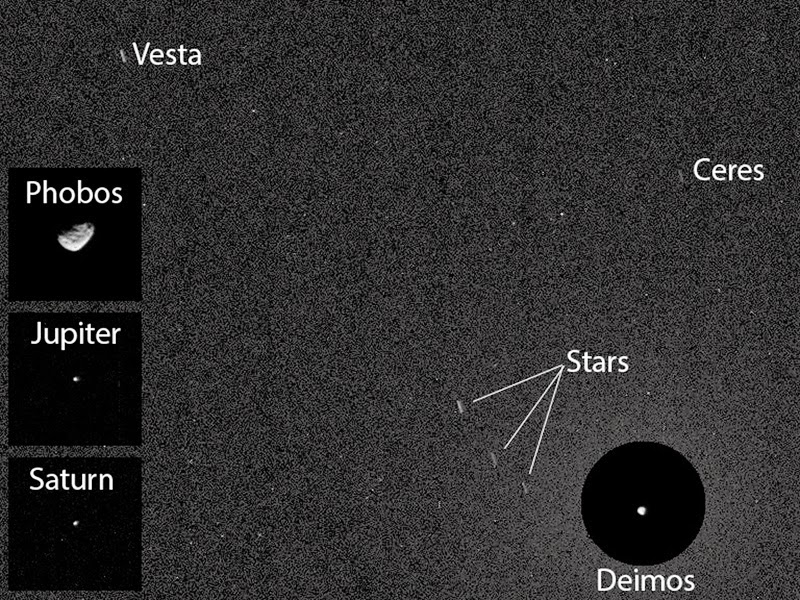The imagery recorded by Curiosity and beamed back to Earth feature Ceres and Vesta, two of the largest asteroids in the asteroid belt that runs between between Mars and Jupiter.
This Curiosity first was also a bit of a coincidence, as the SUV-sized rover had aimed its cameras at the Martian sky in order to snap shots of the Red Planet's two moons, not hunt for asteroids whizzing by.
"This imaging was part of an experiment checking the opacity of the atmosphere at night in Curiosity's location on Mars, where water-ice clouds and hazes develop during this season," camera team member Mark Lemmon, of Texas A&M University, explained in a statement.
"The two Martian moons were the main targets that night, but we chose a time when one of the moons was near Ceres and Vesta in the sky."
 |
| Mark Lemmon |
NASA's Dawn spacecraft orbited the 350-mile-wide Vesta asteroid in 2011 and 2012, and it is preparing to orbit the 590-mile-wide Ceres in 2015.








No comments:
Post a Comment